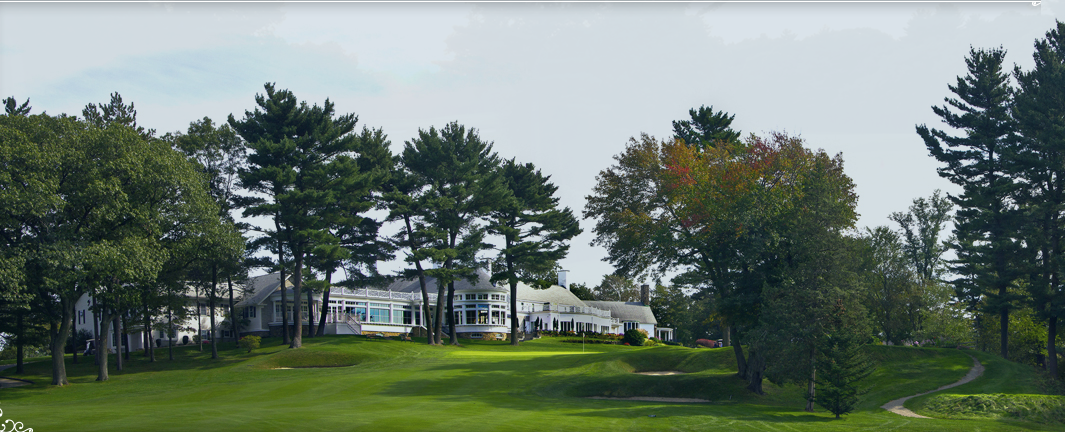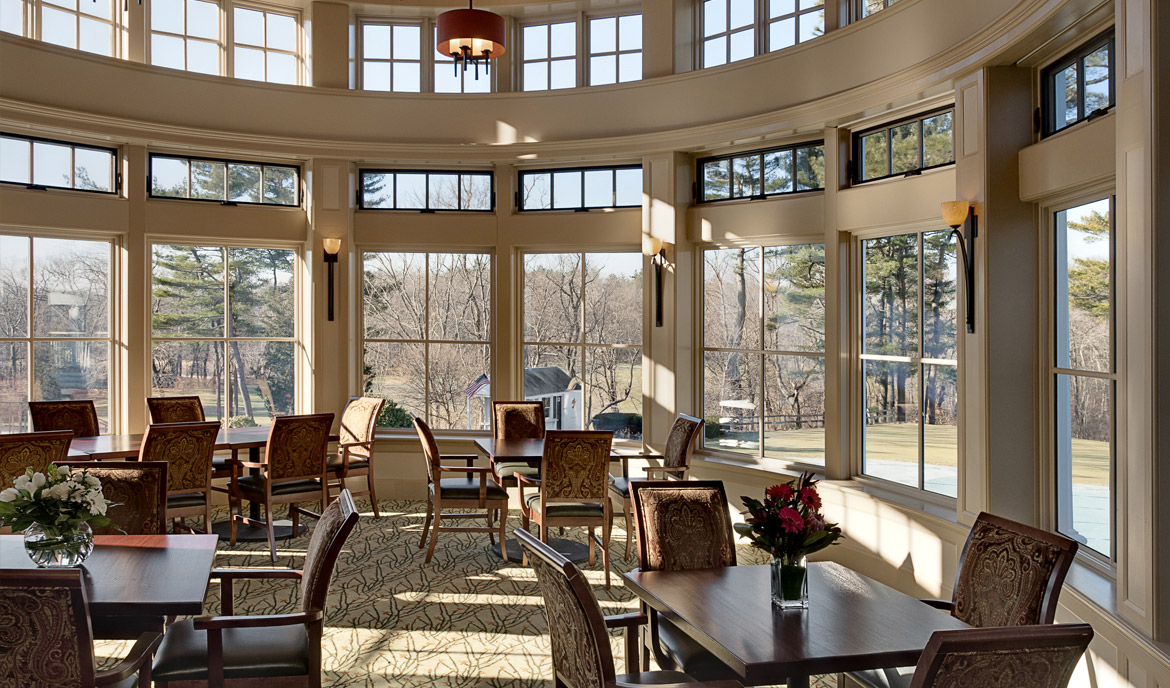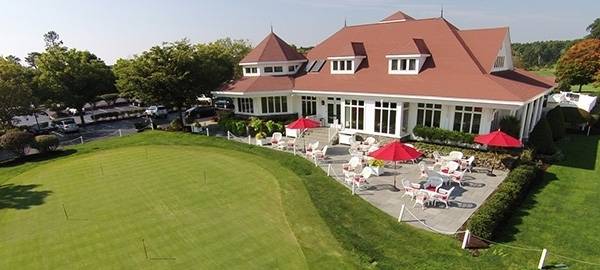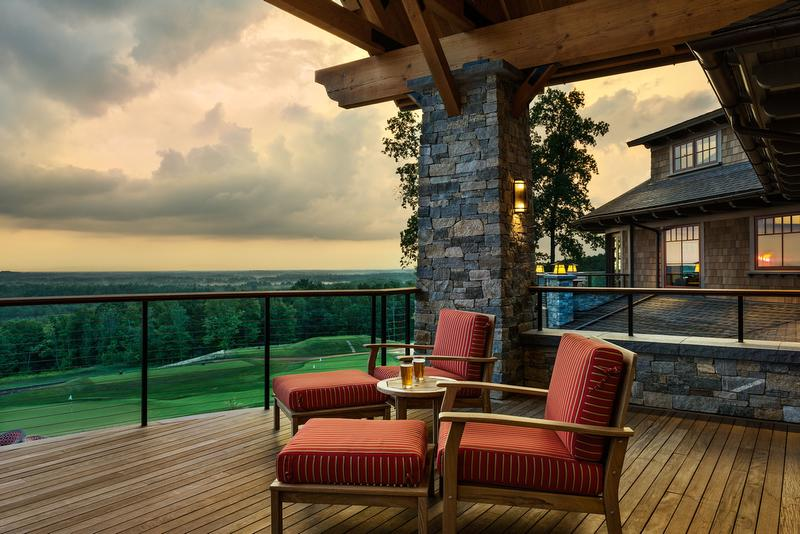Country Clubs and American Culture
There may be little that most U.S. historians can agree upon. But if there is one thing, it’s that while this country of ours may so far have a brief history, it is one rich in detail and experience. While that may not be a surprising statement, the longevity of a cultural cornerstone within that short history – and its importance – might be: that of the country club. In our haste to become an independent nation, some habits are never quite forgotten and left behind; and some traditions flourish, much like ancient seeds brought to new soil. This country of ours might be just a few centuries old, but the first country club inspired by the empire we had just left was established within that first century – and in New England, have since become the epitome of luxury, the powerhouses of industry, and the utmost symbol of American potential and promise.
With a history as long and storied as Salem’s, it should come as no surprise that the Massachusetts town of legend is home to one of the nation’s oldest country clubs. At a time when golf itself was little known, a group of Salem’s twelve most prodigious citizens gathered in a house on Salem Green one an early November day in 1895 to discuss this odd, newly discovered Scottish pastime – and in the end, founded a club dedicated to the sport that would become the staple of the world’s upper class. At the time considered a mysterious leisure activity, the membership naturally grew as the sport developed in popularity, and the club relocated to provide ample space; after several moves, the club as known today settled in Peabody in 1925, with a course designed by Donald Ross. This course would go on to be deemed not only one of his most beautiful works, but one of the great American golf courses, hosting fifteen state championships, five national championships, and the 2017 U.S. Senior Open Championship. With the grounds anchored by the original colonial-classic clubhouse and amenities such as tennis and swimming, TMS had the privilege of renovating this gorgeous structure in 2010, working to incorporate the needs of younger members within the desire to inject comfort into traditionally formal spaces.
The gem of Portsmouth since 1874, Wentworth by the Sea has been a stunning structure throughout its many changes. Originally constructed by the Campbell family, it developed its elegant “wedding cake” facade in the 1880s under the ownership of tycoon Frank Jones. It was during this era of industrialization and remarkable wealth that the grand hotels of the Victorian age were born, with their sweeping balconies, massive ballrooms, and brilliant guests. As a symbol of distinction, the “vacation” became de rigeur for the families of this new American aristocracy, turning northern New England into the United States’ Riviera. New Hampshire alone had over 400 such palatial resorts, while similar numbers graced everywhere from the mountains of New York to the shores of Maine – but few had the same stunning waterfront position as the Wentworth. While the hotel has been graced with remarkable guests ranging from Annie Oakley to Prince Charles, it is only recently that it has regained its once vibrant life after several decades of disuse. Under the helming of the local non-profit organization Friends of the Wentworth, the Wentworth has been returned to its once-glamorous self, and earning placement on the National Trust’s list of distinctive destinations. With this rebirth came the addition of new facilities: the Wentworth by the Sea Country Club. Complete with full amenities for dining, golf, tennis, swimming, and socialization, we could not have been more honored in bringing this Portsmouth centerpiece new life.
In many regards, the country club is a uniquely American space, both physically and culturally. Though inspired by a combination of the 19th century golfing clubs of Scotland and traditional members-only gentlmen’s clubs of England, the American experience and social regard remains distinctive. But perhaps no club remains as distinctive as The Golf Club of New England, a contemporary collective enmeshed with time-honored customs. With a course designed by the sports legend and golfing hero Arnold Palmer himself, some might have left the rest of the club as a side consideration – but the group of businessmen who shared a passion for golfing and success would accept nothing less than perfection from the entirety of the grounds. Built in 2002, every element of the club was dedicated to experiencing a full life in much the way golf itself was originally played in the Scottish Highlands “where nature is embraced, not conquered,” a vision of allowing the lush New Hampshire environs to inspire the championship course as well as the clubhouse designed by TMS.
For every traditionalist out there, there’s bound to always someone who will be ready to revitalize and shake things up. With GreatHorse, nothing could be more true. Nestled amongst the Berkshire Mountains, this club, dining, and lifestyle facility was intentionally designed to feel open and fluid, allowing for as much relaxation and chance meetings between members as possible. Built by those with a love of golf and love of luxury, no amenity was left uncatered – in fact, the only thing left out was the classic formality of country clubs. Tired of the “stuffiness” and rigidity of classic clubs, the Antonacci family created a place as vibrant and modern as they are, with the ideal balance of luxurious opulence and family-oriented comfort. Although perhaps new to the world of founding country clubs, no family knows better the essence of such fine living, having been the most sought-after and respected race horse breeders in the country for over fifty years. The name may be an English translation of Da Vinci’s famous statue, Gran Caballo, but it encaptures much more than even the family’s history. In its greatness, this timeless sanctuary joins the ranks of New England’s history of grand hotels and grander country clubs, becoming one of TMS’ most highly esteemed projects.
The history of any cultural icon by needs must be long and storied. Remarkably, for a country so young, our history itself is storied far beyond its timely length – and the institution of the country club remains a strikingly long facet of that historical timeline, in American culture and beyond. As these clubs show, this is a tradition that stretches very nearly to the United States’ foundation, in New England and beyond, but also still thrives newly today. With these four projects, TMS is proud to remain not only a contributor to preserving the past, but dedicated to melding history to the inspiration of all that is to come.





